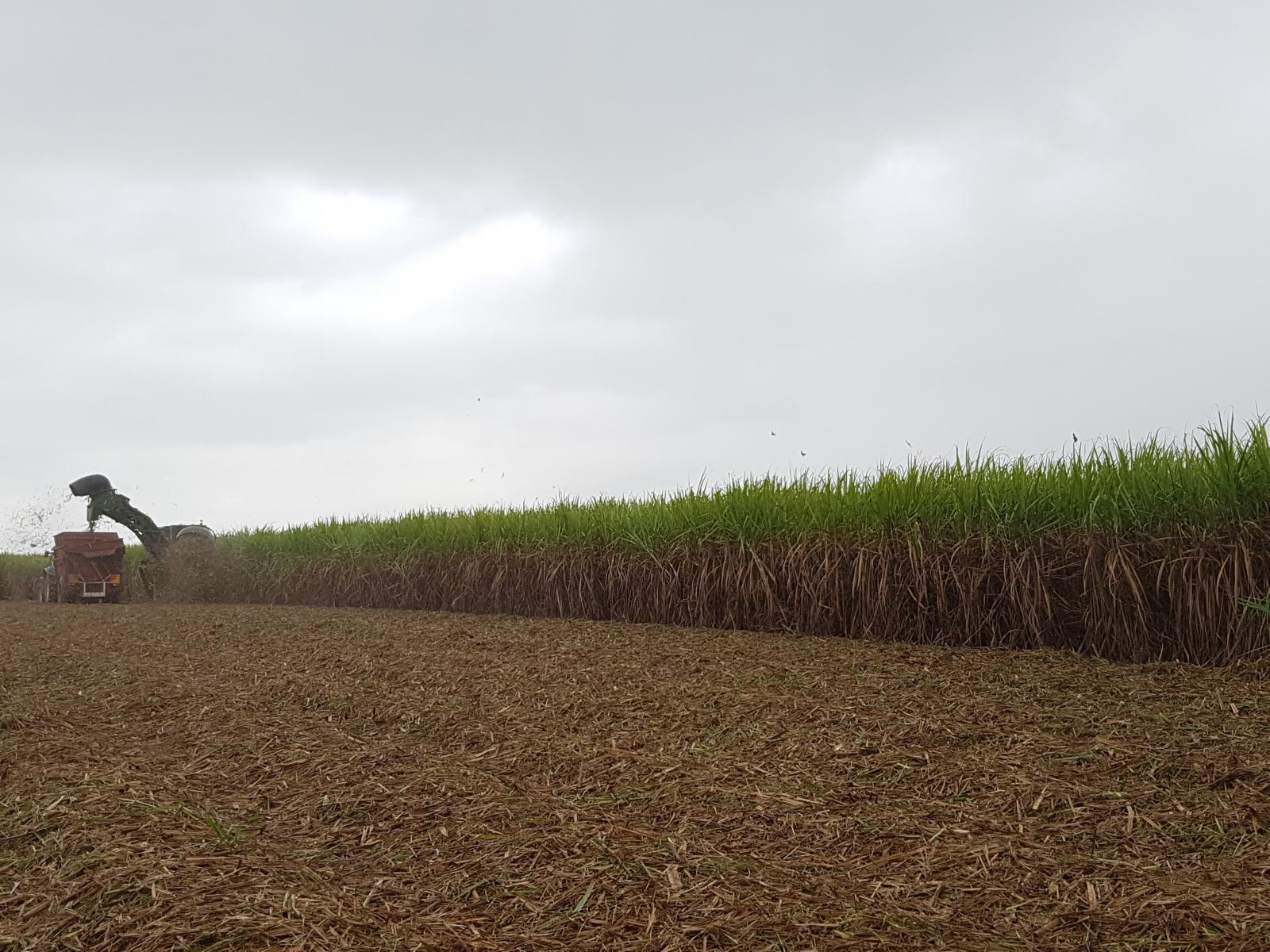Sugarcane harvesters and mills are firing up in two Queensland districts this week, kicking off the 2018 Queensland season.
“This is our busiest and most exciting time of year, but we have a few clouds hanging over our heads in the form of a low world sugar price and looming, restrictive state regulation,” CANEGROWERS Chairman Paul Schembri said.
“In 2018 we have a crop of around 32,450,000 tonnes of sugarcane ready to be cut and transported for processing into quality, export raw sugar. Mackay Sugar started mills on Tuesday and Tully is scheduled to begin accepting cane on Friday.
“By the first week in July, harvesting crews will be busy on farms in all of Queensland’s sugarcane regions with most hoping to be finished by the end of November and only our most productive region of the Burdekin scheduled to continue into December.”
Mr Schembri said the crop was looking good although flooding in north Queensland in March had severely damaged some cane fields and reduced the potential of others. Debris and erosion will be a challenge for harvesters.
“Across the cane regions, though, the low world sugar price is causing despondence,” he said. “The ICE #11 price has dropped 20% so far this year and is now below our costs of production.
“We’re angry that it’s not just supply and demand at play but subsidised sugar is also distorting the world trade situation.”
Along with other sugar exporting countries, Australia is looking to take the issue of subsidised exports from Pakistan and India to the World Trade Organisation and will continue to push for an end to all export subsidies.
“CANEGROWERS members are doing everything they can to be competitive in the world market,” Mr Schembri said. “We are finding efficiencies through new technology and securing our environmental credentials with our best management practices program Smartcane BMP aligning to the world sustainability standard, Bonsucro.
“But while we work hard to remain competitive, forces in Queensland are working against us in the form of unfair and unjustified prices for electricity and a new wave of regulation reaching onto our farms to restrict and control what we do.”
CANEGROWERS opposes the recent changes to the state’s vegetation management laws because they will limit the ability of growers to manage their farmland for optimum productivity.
“We need to be expanding our area of land under cane in Queensland to keep the mills viable with an adequate supply and to take advantage of the opportunities that new biofutures industries offer,” Mr Schembri said. “But the vegetation management regime now in place will act as a roadblock.
“The proposed new reef regulations risk interfering with our proud, grower-led commitment to sustainable change that has been sweeping through our industry.
“70% of the cane area of Queensland is voluntarily part of Smartcane BMP and accreditations are increasing so we don’t need another raft of regulation to add administration and divert us from the real water quality gains being made.”
CANEGROWERS acknowledges the release of the State Government’s Queensland Agriculture and Food Research, Development and Extension 10-Year Roadmap and Action Plan and welcomes its specific mention of partnering with industry to refine and further develop best management practice.
“But this Roadmap document is gloss where we need action,” Mr Schembri said.
“The best things the State Government could do are immediately stop taking huge profits out of the electricity network so prices can be reduced and remove the regulatory impediments that hinder the growth and prosperity of regional communities.
“Leave us to do what we know best - farm in a productive, profitable and sustainable way to meet the needs of overseas markets and earn export income for the state.”


.jpg)